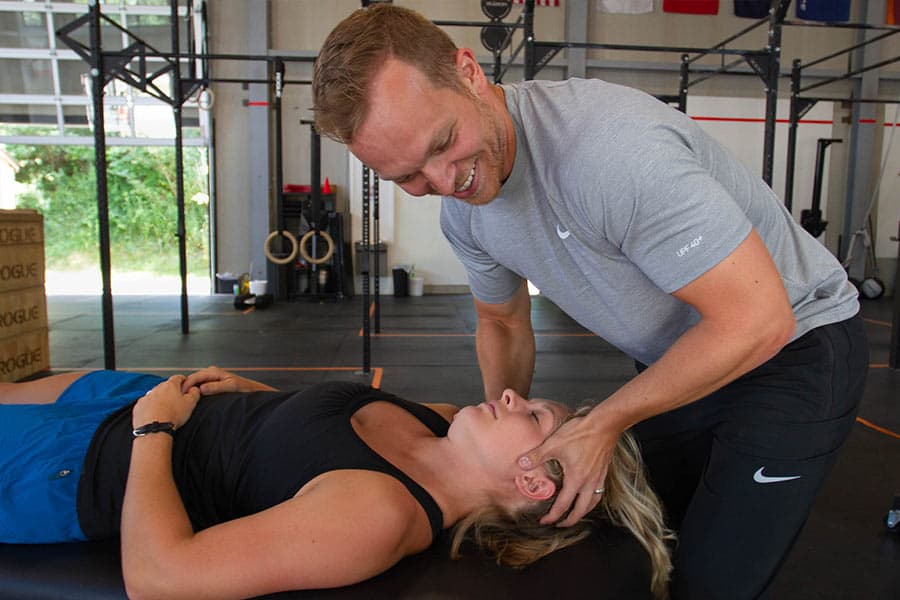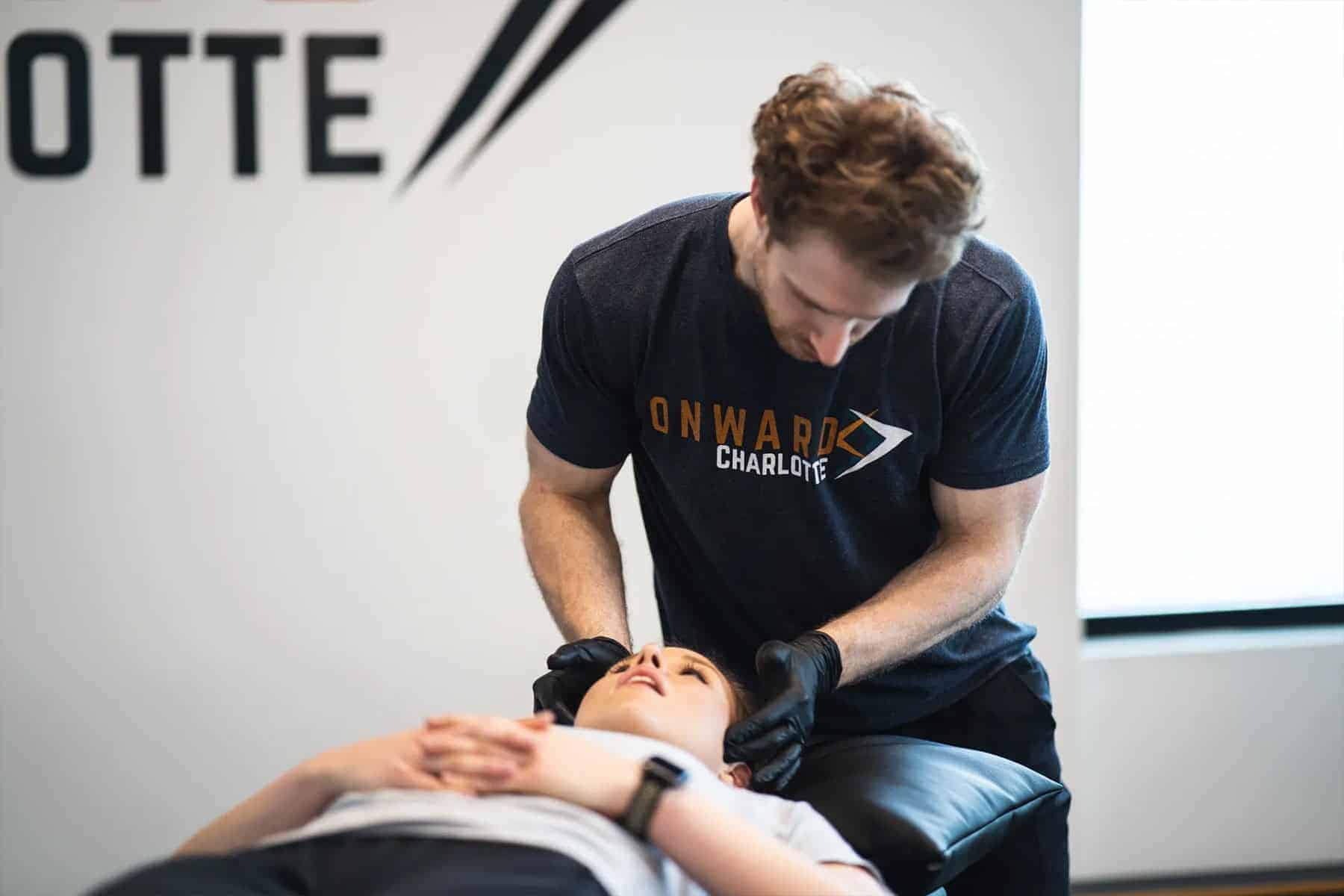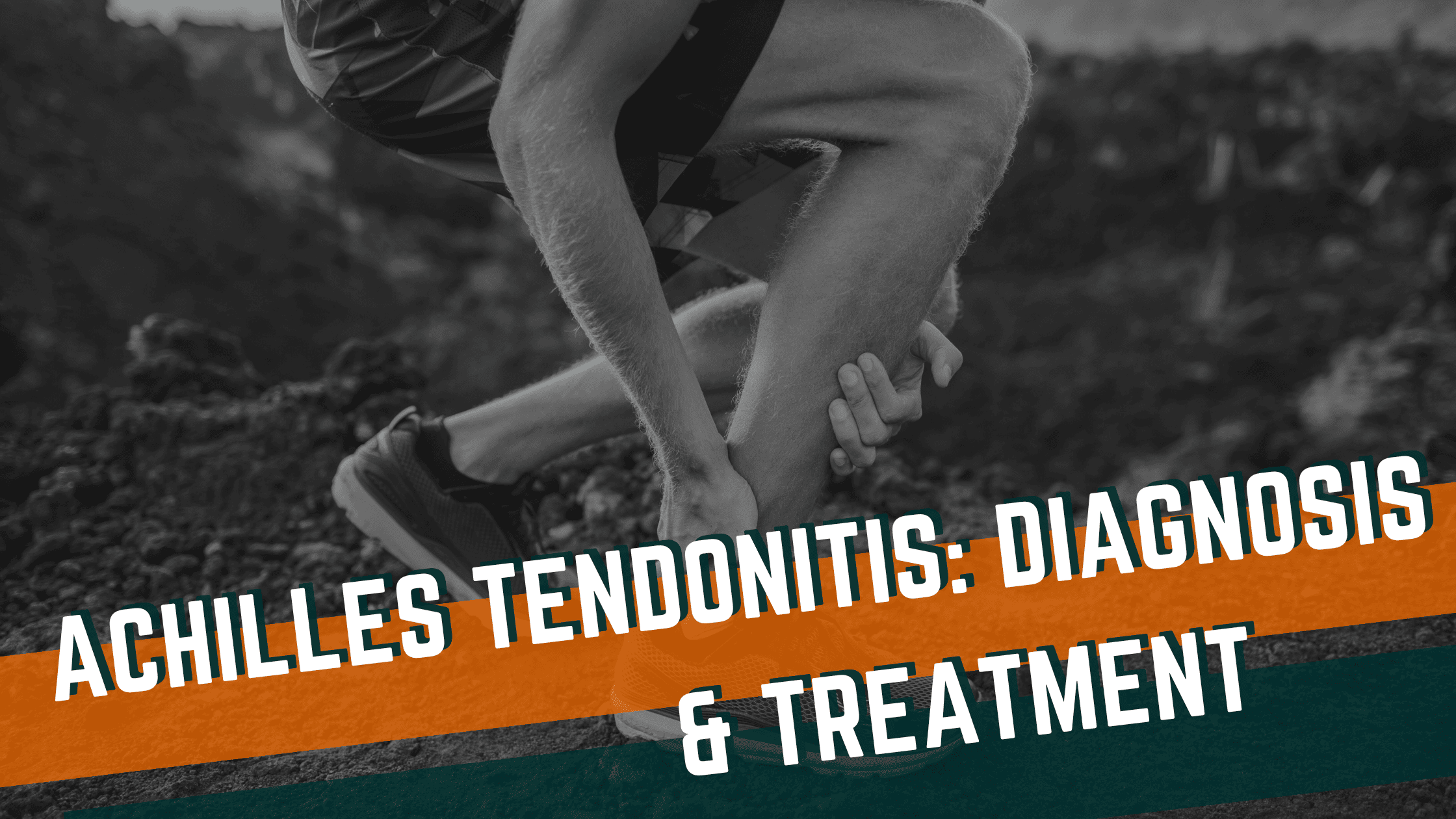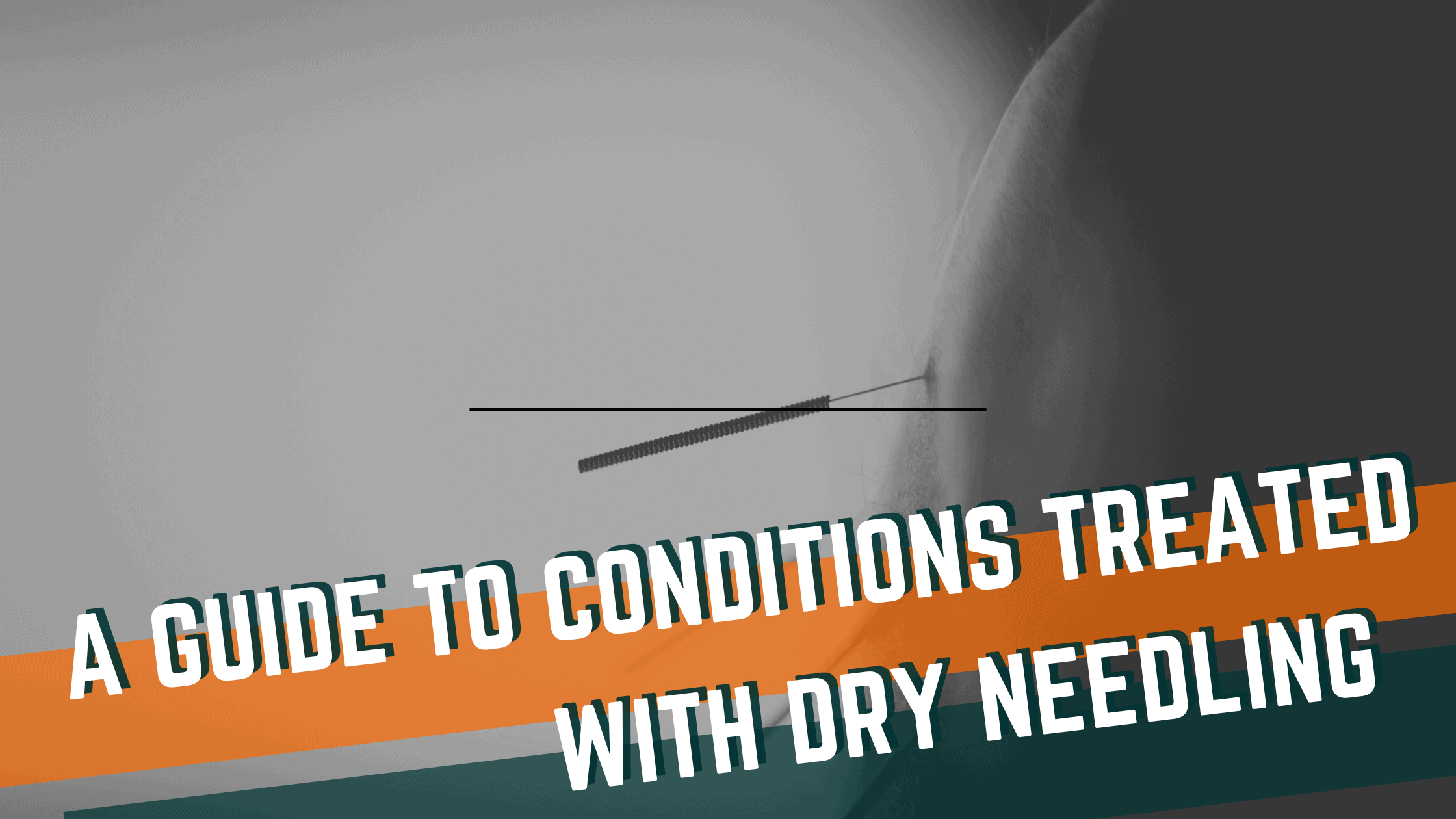
Intense pain that strikes with the basic pleasures of life… You laugh, but immediately try to stifle your joy to limit the discomfort. Dinner with friends now means keeping weekly updates to yourself and ordering something you dread to prevent a jaw flare-up. Temporomandibular joint dysfunction (the joint that connects your jawbone to your skull) is a common issue we see in the clinic.
Temporomandibular joint dysfunction typically takes a dramatic toll on an individual’s quality of life. For example, TMD often causes pain with talking, chewing, laughing, and yawning. If your knee bothers you when you’re running, it’s easy to adapt your routine temporarily. Unlike some areas of the body, we can’t just stop using the jaw after it becomes painful. We need it not only to function every single day but to truly enjoy life!
Unfortunately, we commonly see this condition poorly managed throughout the medical world. As a result, individuals unnecessarily suffer for far too long and develop other areas of pain, such as jaw-related headaches. This guide is intended as a resource for you to better understand your temporomandibular joint dysfunction. In addition, this is also your chance to take control and jumpstart your journey to relief!
You’re Not Alone—Understand How Common Temporomandibular Joint Dysfunction Is!
Signs and symptoms (for instance, pain in the jaw, clicking, popping, etc.) occur in at least 35% of the population. This is likely because the TMJ is subject to degenerative changes; however, multiple studies show that NO RELATIONSHIP exists between degenerative changes seen on imaging (x-ray or MRI) and pain in the jaw.
So, what does this actually mean?
This is great news for you and extremely encouraging! Ultimately, it means that no matter what shows up on imaging, it’s likely not the actual source of your symptoms. We can make a massive impact on decreasing pain and improving the function of your jaw!
Various Options for Temporomandibular Joint Dysfunction Treatment
Modify the Painful Triggers of Temporomandibular Joint Dysfunction
Next, we’ve found incredible success with TEMPORARILY altering some of your daily activities. This helps minimize the amount of irritation created on already sensitive tissues. We often explain this similarly to a bruise that you’re constantly poking. Until we stop stressing the tissues and allow them to calm down, we expect healing to be slowed significantly.
Some of these activities include:
- Hard or crunchy foods or foods that require excessive chewing
- Chewing on the painful side of the jaw
- Chewing gum
- Biting nails or other nervous habits
- Drinking through a straw
Again, this is only temporary! We want nothing more than for you to be able to return to your normal life. First, we must give your jaw a chance to recover.
Mobilize the Joints in the Neck and Back
There are several key areas most providers don’t realize (or address) in typical treatment. For example, getting the joints in the neck and upper back moving has a huge impact on pain and function in the jaw. Mobilizing these areas in specific directions will actually unload the joints and in turn decrease pressure in the jaw. This leads to an increased range of motion during mouth opening. Not surprisingly, decreased muscle tightness and tension in the jaw, neck, and face results as well.

Your Best Posture Is Your Next Posture
In other words, move often! There’s no such thing as perfect posture, as any position can cause discomfort if you stay in it for too long. That is why your best posture is always your next posture. This is exactly why we recommend changing positions frequently throughout your day. As a general guide, try not to stay in any one posture or position for more than 20 to 30 minutes at a time.
Seek Out A Physical Therapist Who Specializes in TMJ Pain
Although physical therapy is extremely effective for treating TMD, we recommend seeing a physical therapist who specializes in temporomandibular joint dysfunction. Many providers lack the specialty training essential to fully resolving your issues.
Some treatments we offer may include spinal manipulation, TMJ mobilization or manipulation, dry needling, soft tissue treatment, and exercise in order to rapidly reduce your pain. Of course, the specifics of your treatment are constantly tailored to your individual needs after we determine them together.

We hope this overview gives you a better understanding of temporomandibular joint dysfunction (TMD). Further, what can you start doing immediately to reduce your pain and improve your function?
Our goal is to join you in your health and fitness journey. We’re here to offer our assistance to you any time you may need us!
If you would like more information or are interested in scheduling an evaluation, email INFO@ONWARDPHYSIO.COM or CLICK HERE to schedule online! Our team specializes in helping individuals suffering from jaw pain regain their freedom and get back to enjoying the little things in life.
Recent Articles
Achilles Tendonitis: Diagnosis & Treatment

Hip Pain in Runners

A Guide to Conditions Treated with Dry Needling

Reconnect to the CORE Postpartum: Pelvic Floor Exercises for Postpartum Healing

Preventing Back Pain in CrossFit: Key Considerations for Training Safely

